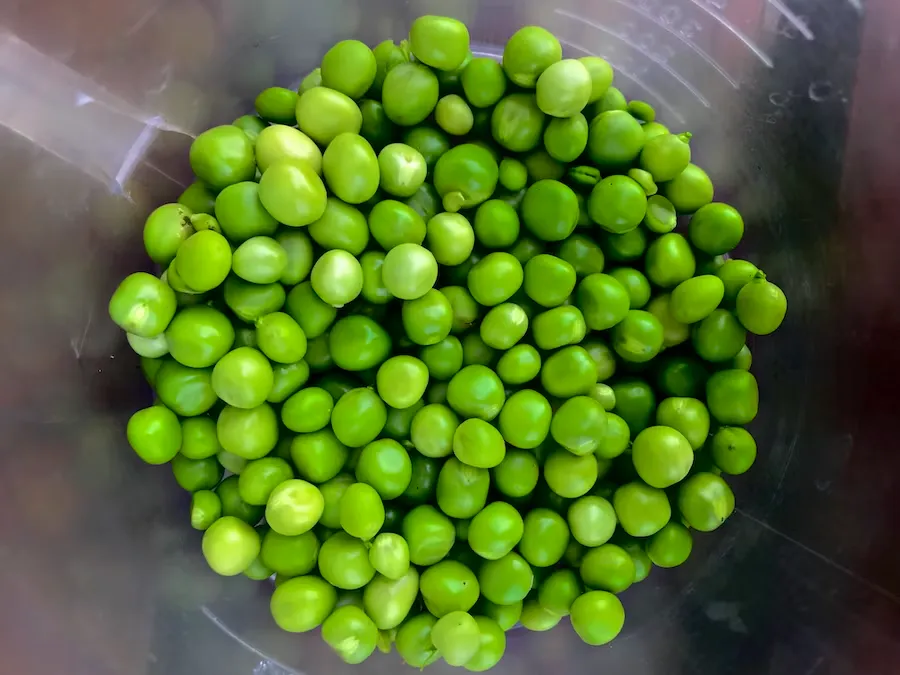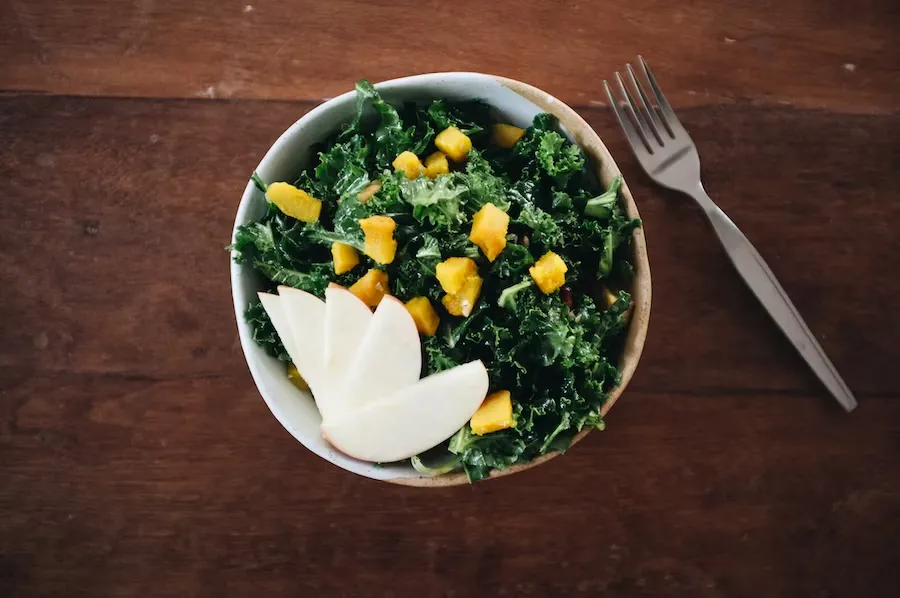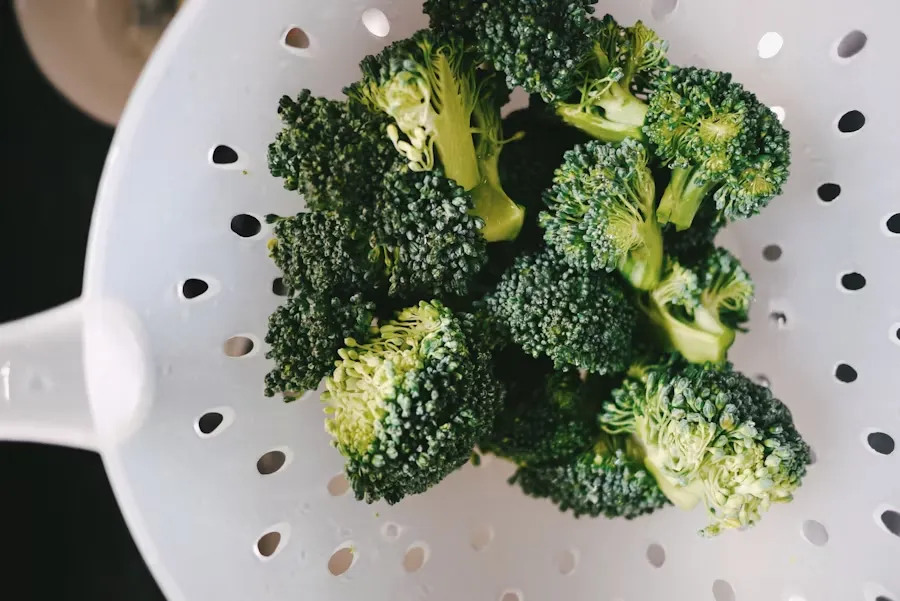Embarking on a journey to fortify your health through a diet rich in fiber opens the door to a vibrant world of possibilities within the realm of vegetables. This article aspires to be your comprehensive guide, not merely cataloging vegetables with commendable dietary fiber content but also shedding light on the cornucopia of essential nutrients they bring to your plate. Let’s embark on an enlightening journey into the verdant world of nutritional wonders, where every bite becomes a step towards a healthier, more vibrant you.
Unlocking the Secrets of the Fiber Quotient
Before we set forth on this gastronomic adventure, it’s essential to grasp the recommended daily intake of fiber. According to the Institute of Medicine (IOM), the goal for adults is to reach 14 grams of fiber per 1000 calories consumed daily (1). For men, this translates to a daily target of 38 grams, while women should aim for 25 grams. Now, with this knowledge in hand, let’s delve into a culinary exploration of vegetables that not only meet but exceed these fiber recommendations, offering a symphony of flavors and nutrients.
1) Green Peas: The Petite Powerhouses of Nutrition
Green Garden Peas.
Often misconstrued as mere vegetables, green peas reveal their true identity as legumes. Despite their diminutive size, these petite green orbs pack a formidable fiber punch. Beyond their fiber content, they boast a rich repertoire of vitamins and minerals, with a particular emphasis on the immune-boosting vitamin C.
Green peas, with their delicate sweetness, add not only fiber to your diet but also a burst of color and flavor to various dishes. They effortlessly elevate salads, stir-fries, and pasta dishes, making them a versatile and delightful addition to any meal.

2) Artichoke: A Fiber-Dense Delicacy
Artichokes, with their captivating appearance and subtle nutty flavor, emerge as fiber-rich delights that transcend the ordinary. Surpassing five grams of fiber per 100 grams, artichokes claim their rightful place as one of the most fiber-dense vegetables available. Moreover, they grace our palates with a wealth of essential nutrients, including folate, vitamin C, copper, magnesium, manganese, and potassium.
Integrating artichokes into your culinary repertoire not only enhances the fiber content of your meals but also introduces a unique flavor profile. Whether roasted, grilled, or incorporated into dips, artichokes offer a sophisticated and nutritious addition to your dining experience.
3) Edamame: The Culinary Marvel of Immature Soybeans
Edamame, straddling the line between legume and vegetable, stands as a nutritional powerhouse worthy of exploration. Abundant in folate and manganese, edamame secures its position as a top-tier choice for fiber enthusiasts.
Incorporating edamame into your meals not only contributes to your daily fiber intake but also introduces a delightful texture and nutty flavor. Whether tossed into salads, stir-fries, or enjoyed as a standalone snack, edamame brings a nutritional boost to every bite.

4) Lotus Root: A Culinary Gem Worth Discovering
While not a staple in Western kitchens, lotus root shines brightly in South and East Asian cuisine, adding an exotic touch to your culinary adventures. Sliced, marinated, and stir-fried, it introduces a unique texture and flavor to dishes, making it a culinary gem worth discovering. If elusive in mainstream supermarkets, seek out this gem in Chinese or Asian specialty stores to elevate your gastronomic experience.
Lotus root’s versatility in cooking methods—from frying to braising—offers a range of possibilities, allowing you to experiment with flavors and textures. Its mild sweetness and crispiness make it a delightful addition to soups, stews, and stir-fries, enriching both the taste and nutritional profile of your meals.
5) Parsnips: Rooted Goodness Overflowing with Fiber
Parsnips, cherished globally, offer not just versatility in the kitchen but also a nutritional profile that aligns with a high-fiber diet. Whether boiled, fried, mashed, or roasted, they not only tantalize the taste buds but also deliver a substantial dose of dietary fiber.
Incorporating parsnips into your meals introduces a subtle sweetness and earthy flavor, making them a perfect complement to savory dishes. From parsnip fries to creamy parsnip puree, the options are diverse, allowing you to savor the goodness of this root vegetable in various culinary creations.
6) Jicama: The Mexican Yam Marvel
Two Whole Jicama Root Vegetables.
Resembling a potato but with a mildly sweet, crunchy texture, jicama takes center stage in Mexican cuisine. Whether relished in its raw state or incorporated into various culinary delights, this fiber and vitamin C-rich vegetable, also known as the ‘Mexican yam,’ adds a touch of sophistication to your dining experience.
Jicama’s versatility allows it to shine in both sweet and savory dishes. From refreshing jicama salads to crunchy jicama slaw, you can experiment with this vegetable to add a crisp texture and a hint of sweetness to your meals. Embrace the vibrant flavors of Mexican cuisine by including jicama in your culinary repertoire.
7) Broad Beans (Fava Beans): Legumes with a Culinary Twist
Though categorized within the legume family, broad beans carve their niche as vegetables in culinary creations, offering a delightful twist to your meals. Bursting with fiber, they also offer a vitamin C boost in their immature state. Fava beans, as they are alternatively known, invite culinary exploration and creativity.
Integrating broad beans into your recipes introduces a creamy texture and a slightly nutty flavor. From vibrant salads to hearty stews, broad beans contribute not only to the nutritional value of your meals but also to their visual appeal. Experiment with these versatile legumes to discover new dimensions of flavor and texture in your culinary endeavors.

8) Chicory Greens: Leafy Marvels of Nutrition
Chicory greens, belonging to the leafy green category, introduce a bounty of carotenoids and vitamin K1 to your plate. Whether savored in raw salads or enhanced through sautéing for an elevated flavor profile, these greens stand as a nutritional treasure trove that complements your high-fiber journey.
Incorporating chicory greens into your meals brings a refreshing bitterness and crispness. From vibrant salads with a mix of greens to sautéed chicory as a side dish, you can explore various culinary avenues with these leafy marvels. Enhance both the taste and nutritional content of your meals by embracing the versatility of chicory greens.
9) Collard Greens: Bitter Elegance with Nutrient Riches
With a slightly bitter taste, collard greens align with other leafy vegetables in their nutrient profile, offering not only a unique flavor but also a wealth of essential nutrients. Carotenoids, vitamins C and K, and abundant dietary fiber make collard greens an invaluable addition to your fiber-focused diet.
Collard greens lend themselves to a range of cooking methods, from quick sautés to slow braises. Their robust flavor pairs well with bold spices and savory ingredients, allowing you to create dishes that are both delicious and nutritious. Explore the culinary versatility of collard greens to elevate your meals and embrace their bitter elegance.
10) Brussels Sprouts: Petite Nutritional Powerhouses
Green Brussels Sprouts in a White Bowl.
As members of the cruciferous vegetable family, Brussels sprouts present themselves as small, green, ball-shaped delights. A popular choice during festive occasions like Christmas and Thanksgiving, these sprouts contribute not only fiber but also essential nutrients such as vitamin C and vitamin K1 to your nutritional repertoire.

Brussels sprouts offer a delightful crunch and a slightly bitter flavor that pairs well with a variety of seasonings. From roasted Brussels sprouts with balsamic glaze to shaved Brussels sprout salads, there are countless ways to incorporate these petite powerhouses into your culinary creations. Embrace their versatility and nutritional benefits to add a festive touch to your meals year-round.
In Conclusion
Diversifying your vegetable intake transcends a mere culinary experience; it becomes a conscious choice for a healthier, more vibrant life. By incorporating these high-fiber vegetables into your daily diet, you not only support digestive health but also elevate your overall well-being. Embrace the culinary journey of exploring these nutritional powerhouses, and let each bite be a celebration of good health. Remember, the path to wellness is not just about what you eat but how you nourish your body with the goodness that nature provides. May your journey towards a fiber-rich life be as fulfilling as the flavors these vegetables bring to your plate.
Read Also:- Nourish Your Heart and Taste Buds with These Delightful Soups




